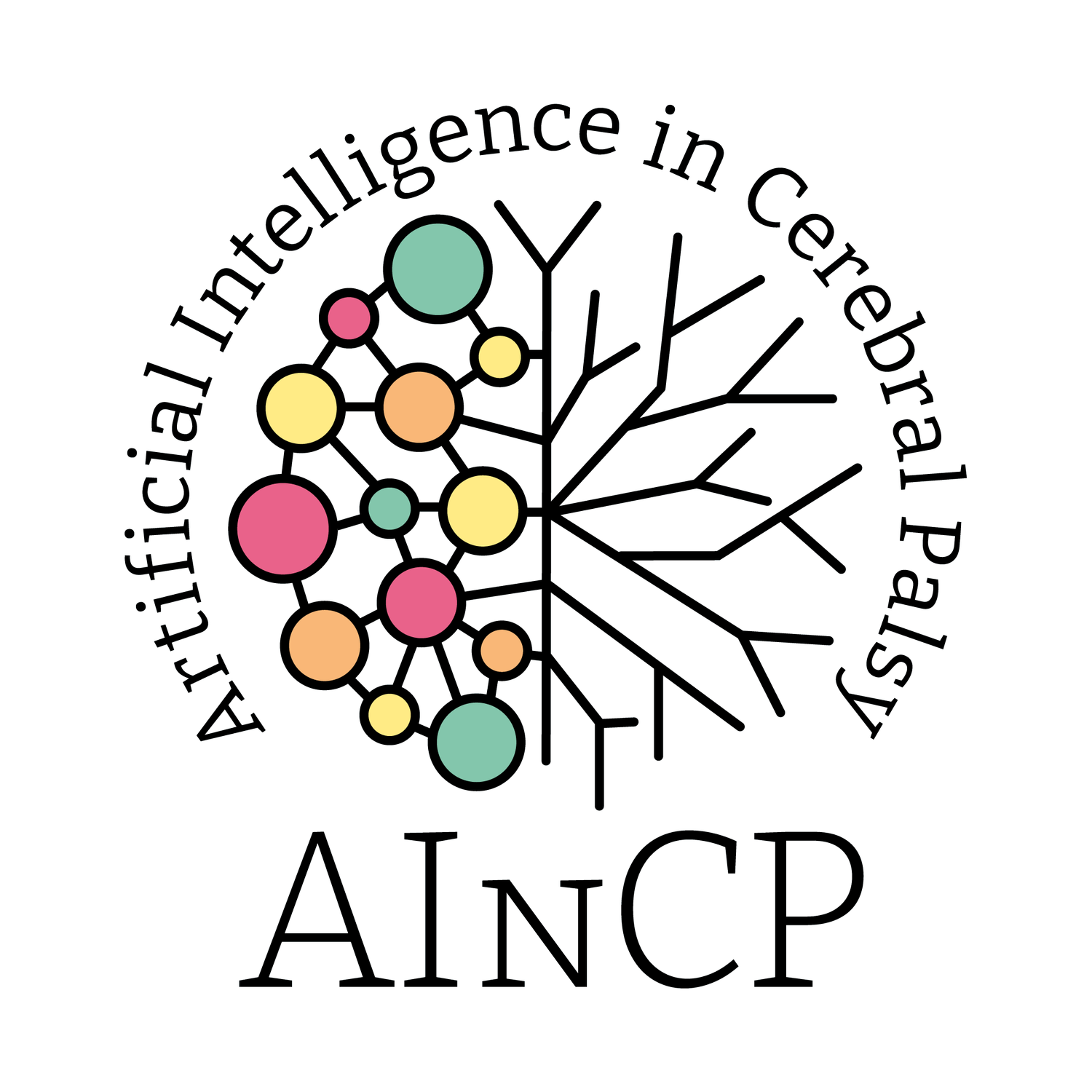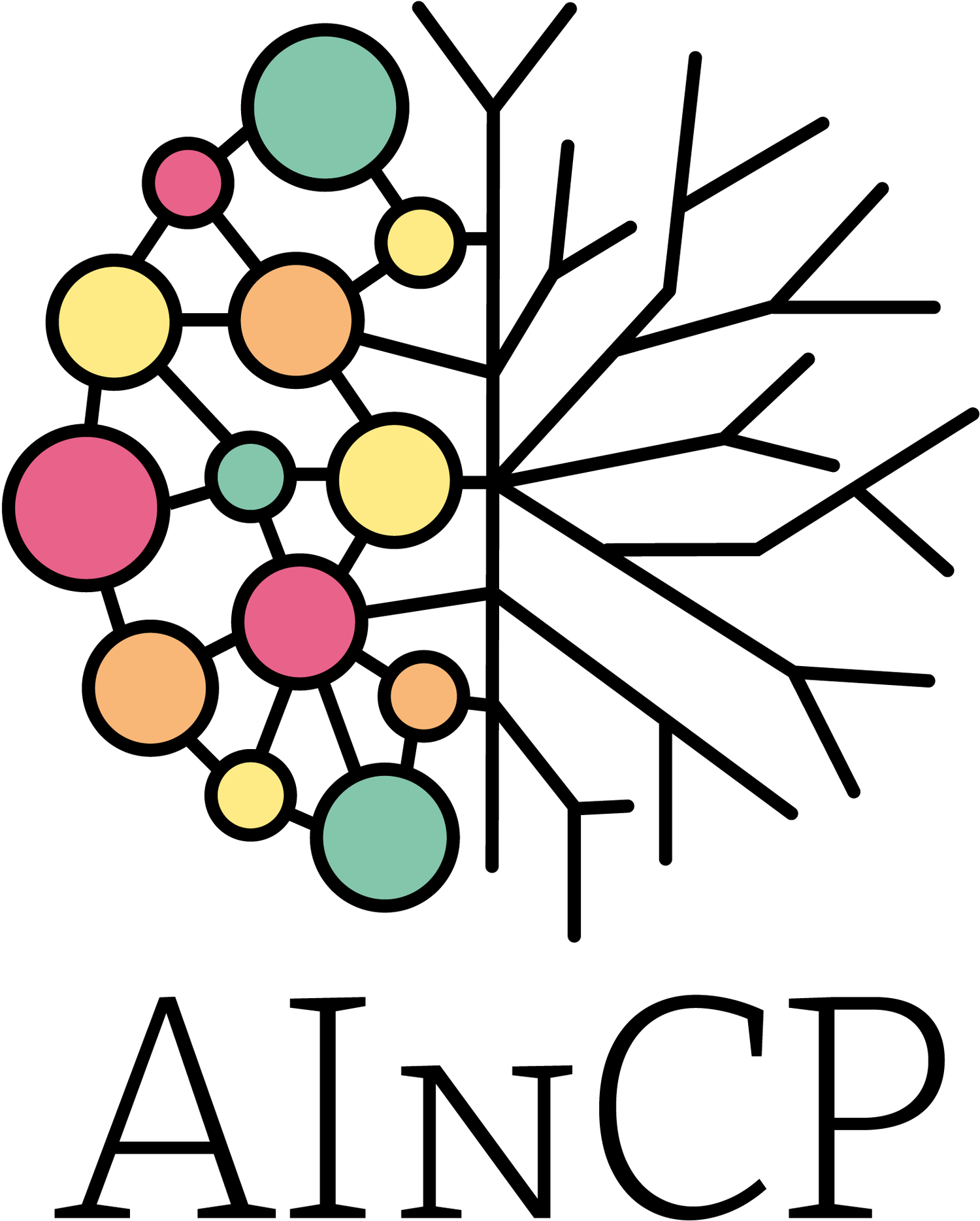Clinical assessment of the manual function
We conducted this interview with Prof. Rocío Palomo Carrión. She is leading the clinical studies in Spain at UCLM, Universidad Castilla - La Mancha, AINCP clinical Partner.
Q: Why is the assessment of the manual function important?
A: Upper limb disability is the most common symptom in children with Unilateral Cerebral Palsy (UCP) and is responsible for most difficulties children with UCP experience in carrying out daily life activities. The type of injury, brain site affected, and moment of the stroke are determining factors in manual function at the developmental level.
Q: How is therapy chosen?
Clinicians choose therapeutic interventions to reverse or ameliorate the influence of these impairments of the hand for functional improvement, as part of a more integrated approach of therapeutic intervention using the International Classification of Functioning, Disability and Health (ICF) model. Therapy is often aimed at the most significant impairments felt to be contributing to a reduction in functioning. Even though the children share the same diagnosis, the intervention does not have the same benefits for all and needs to be personalized to be effective.
Q: What does assessment provide in clinical and research settings?
Obtaining a personalized therapy requires that a thorough assessment of the upper limb function of the child be carried out previously, in relation to the overall assessment of the child in different domains (as defined by the ICF): body functions and structures, activities, participation and environmental factors.
That is why, in the AINCP project, we have designed an evaluation procedure composed by different assessments that allows us to understand the child’s behaviour together with the affected upper limb functioning, to understand how UCP affects her/his daily life.
Thus, evaluation procedure is of great importance to offer the best treatment. We give priority to evaluation, before starting a therapeutic approach. With this, we are offering the best possibility of improvement to the child and her/his family. In addition, its sensitivity to change, allows us to know the benefits obtained after the intervention and the child’s future needs, as well as to follow his/her functioning during the development.
In our study, we have carefully selected assessments that, according to scientific evidence, have shown greater validity and reliability and that allow us to obtain detailed knowledge about the affected upper limb’s behaviour of the child with UCP, the cognitive level, executive function… Different fundamental aspects to be able to implement a personalized intervention.
All of this requires extensive professional training: who perform the assessments, and administration time for it. But always, considering the well-being of the child and respecting her/his rest time to obtain an optimal assessment and subsequently guarantee the best intervention.
These assessment tools on the overall functioning of the child will be accompanied by structural magnetic resonance (already made or with the possibility of making it f not available) to determine the type of injury, as well as wearable sensors that indicate the amount of movement of the upper limbs. And all this will be analyzed with artificial intelligence to obtain different functioning profiles and therefore child’s personalized intervention according to her/his needs.
In different informative articles that we will publish on our blog, we will talk about the evaluation procedure, the different tools that will be used, guaranteeing the family and children’s calm, and always offering our support and help to co-working together.
——-
More information about Prof. Rocío Palomo Carrión, her work and her role in the AINCP project can be found in Spanish here

